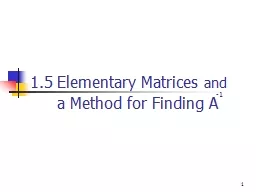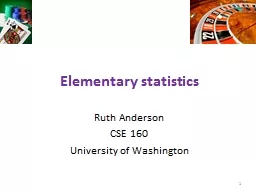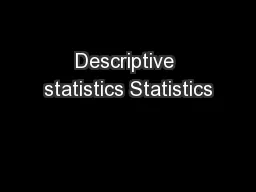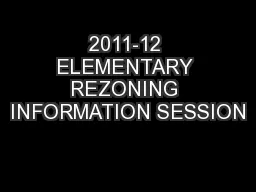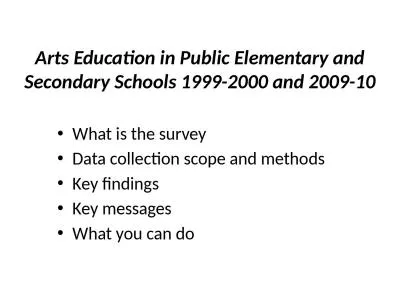PPT-Elementary statistics
Author : trish-goza | Published Date : 2016-05-02
Michael Ernst CSE 190p University of Washington A dicerolling game Two players each roll a die The higher roll wins Goal roll as high as you can Repeat the game
Presentation Embed Code
Download Presentation
Download Presentation The PPT/PDF document "Elementary statistics" is the property of its rightful owner. Permission is granted to download and print the materials on this website for personal, non-commercial use only, and to display it on your personal computer provided you do not modify the materials and that you retain all copyright notices contained in the materials. By downloading content from our website, you accept the terms of this agreement.
Elementary statistics: Transcript
Download Rules Of Document
"Elementary statistics"The content belongs to its owner. You may download and print it for personal use, without modification, and keep all copyright notices. By downloading, you agree to these terms.
Related Documents






